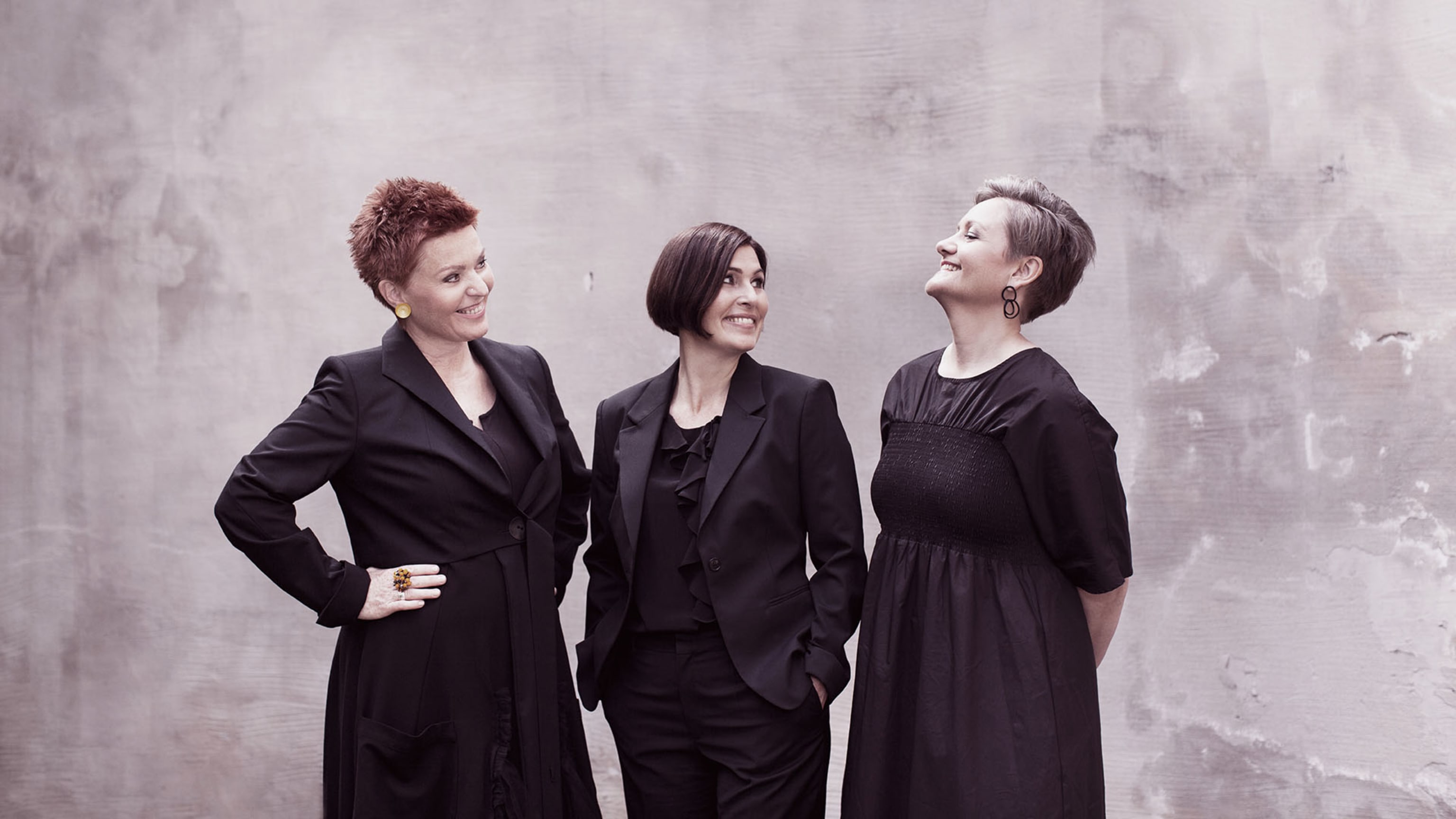A timeless repertoire
- By:
John Potter
May 24, 2024
The world of the medieval courtly chapel or monastic choir was powered by singers; they sang hundreds of ancient chants from memory, improvised harmony and composed new masses and motets. Favourite pieces could have a life of many decades, transcribed by scribes who specialised in musical notation and the writing of Gothic script, sometimes enhanced by a specialist in illumination. Mostly, these musicians are anonymous – there was no concept of the dedicated composer as we understand it today, and all singers were able to contribute pieces of their own. Unusually, of the almost 150 pieces in the Old Hall MS, some two thirds have names attached. They were, of course, all men.
The Old Hall Manuscript, named after the seminary which was its home before being acquired by the British Library in 1979, was compiled sometime in the earliest decades of the 15th century by a scribe who planned a volume of motets and mass movements composed by his fellow singers over the previous fifty years or so. For some reason he didn’t complete the project, but fortunately for us a new generation of scribal composer-singers added their own favourite pieces, and the book was presumably well used (perhaps as an aid to memory) before disappearing into history. In 1893 it was presented to St Edmunds College Ware, a Catholic school in the Hertfordshire village of Old Hall Green, minus about a quarter of its original contents and some of its illuminated capitals.
The greater part of the collection consists of Glorias and Credos (there may have been Kyries but they have not survived) and motets, mostly for three voices. Although it’s the largest collection of late medieval English music, the preponderance of the two big mass movements and the fact that so few of the pieces are for more than three voices have meant that music from the collection hasn’t had the performance and recording profile it deserves. Enter trio mediaeval, with the right voices but a different gender. The music works perfectly well appropriately transposed for women’s voices, and the trio have taken the opportunity to add a female organist and to frame the music as a Lady Mass, Marian texts sung between the unchanging movements of the mass, here augmented by new works that expand the concept.
We don’t know the name of the original compiler, or who commissioned the collection. It is handsomely illuminated in gold leaf and blue pigment and must have been an expensive enterprise. The later scribes included Damett and Cooke, who were associated with the chapel of King Henry V (who may have contributed a piece of his own). Of the other composers represented here Leonel Power is the most well-known and prolific, Thomas Byttering perhaps the most accomplished but least known. It is tempting to speculate that Mr Fonteyns was connected to the now-ruined Fountains Abbey in Yorkshire, but there is no evidence for this. Is Aleyn the same person as Johannes Alanus, who wrote a famous motet naming fourteen of his singer friends? We’re not sure about that either.
One thing we are reasonably sure about is that these singers did an enormous amount of improvising, and the English Discant style in which many of the Old Hall pieces were composed began as a written version of an oral process. It is in this spirit that the Trio include improvised elements, including organetto commentaries and interludes (hand-blown, enabling a wonderfully vocal phrasing) which open the door leading us from the present back into the past.
Old Hall includes both English and French music, showing that the medieval singers were open to the very latest compositional trends. The Trio commissioned two new pieces for this programme: David Lang’s Alleluia Amen is a meditation (beginning ‘with impossible fragility’) on the two words common to both Jewish and Christian traditions for two thousand years; Marianne Eriksen’s Sol lucet sets similarly timeless lines from the Satyricon of Petronius.Both composers reach into the sound world of Trio Mediaeval, weaving their music into a thread first spun more than half a millennium ago.
Programme note by John Potter
